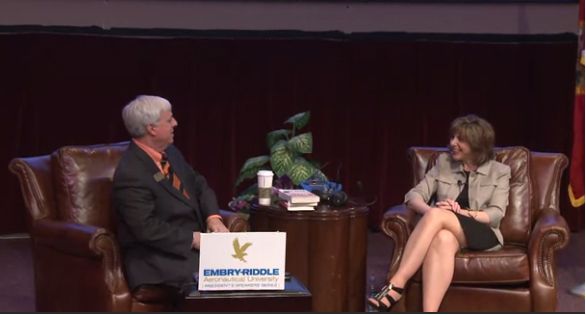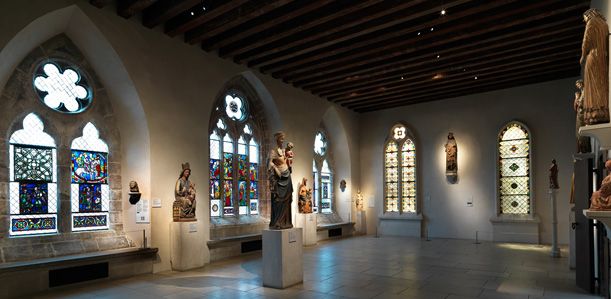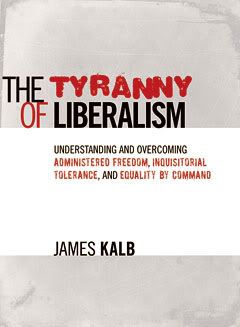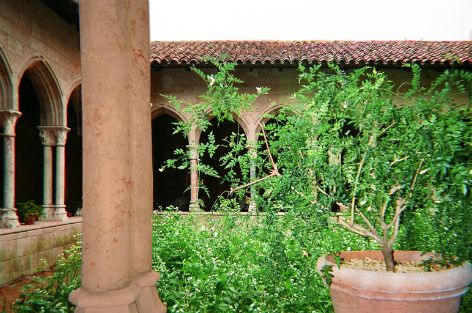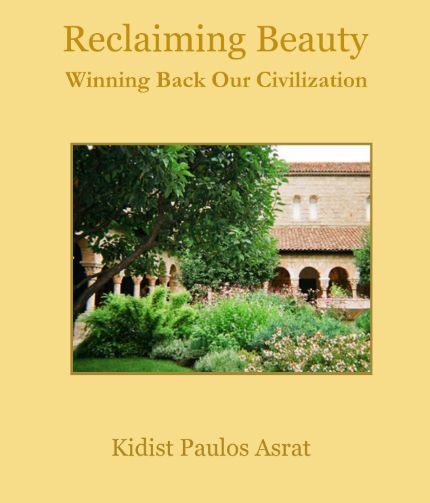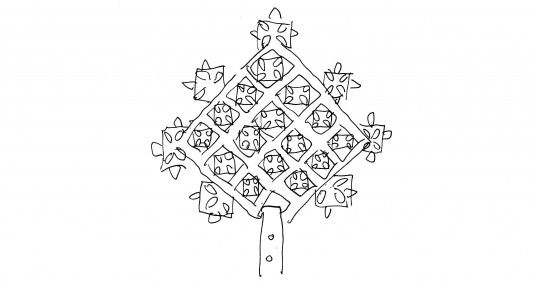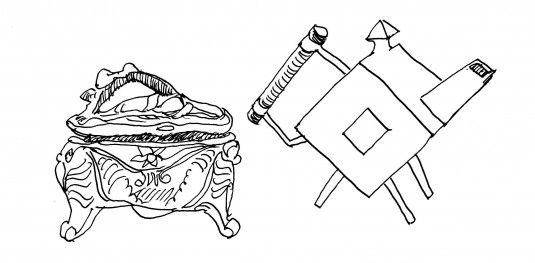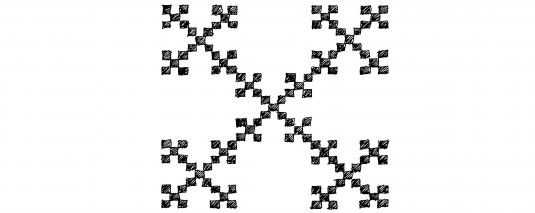
Left: Rembrandt van Rijn (1606-1669)
Syndics of the Draper's Guild
1661
75.4 in x 109.8 in
Oil on canvas
Rijksmuseum, Amsterdam
Right: Rembrandt van Rijn (1606-1669)
Self-portrait
1659
Oil on canvas
33.3 in x 26 in
National Gallery of Art, Washington DC
-------------------------------------------------------------------------------------------------------------------------------------------------------------
The Metastasy of Wickedness
By: Kristor
The Orthosphere
April 29, 2013
The basic operation of every society is maintaining its essential order – the order that makes it the society that it is – in the face of adversity. It is the work of tradition: of transferring to rising generations the essential order of their forefathers, amended at the margin, or accidentally, so as to cope with changes in the environment.
This interminable project of social reproduction requires practical wisdom. And practical wisdom is possible only to the virtuous man, and then only to the extent of his virtue. Societies live or die, then, depending upon their preponderant degree of virtue. This is just as true for societies of multi-celled organisms – i.e., for men themselves – as it is for societies of men. It is true for any social organism: for the family, for the tribe, clan or people, for the church, for the guild or business enterprise, for the town or for the nation.
Thus the basic task of social existence, the quotidian moral housekeeping that is the sine qua non of successful social life, is the attainment and maintenance of virtue. The first and most basic product of society then, is righteousness. All other economic production is founded upon it. Worldly success – survival, vigor, prosperity, strength – is the fruit of practical wisdom, of applied virtue. Prosperity, then, is a fairly good indication of virtue.
There are to be sure in this Fallen world many ways to get rich by wickedness. Thus the fact that a man is rich is no sure indication that he is mostly righteous. But even ill-gotten wealth, such as that of the thief or gangster, is the product of a kind of virtue – a corrupted and ill-directed excellence, yes, but an excellence nonetheless (the competition among gangsters is keen, and ruthless; only the best survive). Likewise for the wealth of the corrupt executive or politician. The excellence of these sorts of men lies in their ability to game the system: to exploit the niches created by defects of the social order.
Such men are always with us. And indeed, they are not altogether useless, or they would never have succeeded at what they do. The corrupt politician succeeds by pleasing his constituents and his customers; the thief succeeds by pleasing his fences with the goods he offers; the Mafioso succeeds by pleasing the customers of his drug distribution system. The social utility of such men derives quite directly from their gaming of the system. In effect, their exploitation of defects in the system design corrects for those defects, or at least compensates for them.[1] Their gaming activities are similar in some ways to arbitrage. Like the arbitrageur, the wicked exploiter restores some equilibrium or other, and compensates for a defect of society.[2]
Can the system be gamed? It will be. Indeed, it ought to be.
Sins are corrupted virtues. So long as society is so ordered as to promote or encourage or reward vice, there will be vice. The control of vice and the promotion of virtue therefore depends, not on the elimination of the vicious – who are, after all, only responding rationally (if amorally) to the vicious environment in which they find themselves, and who if eliminated will be replaced – but of the weakness and perversity of the system itself.
There is then ever a need for systemic social reform. And like the requirement that a society learn to adapt to changes in its environment, the need for social reform is permanent. The first is analogous to eating, the second to sleeping. The work of social reform is interminable, for most innovations fail – fail to work as intended, or even worsen the situation. Even with reforms that succeed at their ostensible goal, there is a very good probability that they will create new and unanticipated system defects in their own right, new niches for new sorts of viciousness.
Utopian idealists overlook this difficulty. The utopian temptation is to the notion that we can get everything right. The essence of conservatism lies in the recognition that we never ever will.
That social reform is a hazardous undertaking does not mean that we ought therefore to be afraid of it. Indeed, timorousness with respect to correction of social defects is a recipe for social death. To death, there is at any time no alternative but to try to do better. We ought therefore rather as reformers to be careful, prudent, deliberate, judicious, and sagacious. I.e., practically virtuous.
Above all, we must be honest. Social defects generally arise due to noise of some sort, somewhere in the system. Noise misleads people about the true state of affairs, and so distorts their judgements, impoverishing them. So long as it continues, it prevents them from learning: from correcting their understanding, and making the commensurate tiny marginal adjustments in their own lives that could repair those distortions of judgement, and stop the losses they generated. It is just such individual adjustments that, as integrated across the whole culture, can organically correct the systemic defects that produced the noise in the first place. If you want a prosperous, happy society, you need first a proper understanding of the weaknesses that prevent it. This is why humans spend so much time talking to each other about what is happening, and why, and what ought to be done about it.
Dishonesty, then, or lack of candor, cannot but increase the noise to signal ratio. It’s no good to pretend that a problem is not a problem (e.g., “Muslim immigration is just fine.”), or to present a bug as a feature (e.g., “homosexuality is natural and good.”). If the Emperor is naked, we are obliged to notice the fact, and inform each other about it. Likewise it’s no good to cry wolf about a problem that is not really there (e.g., “Not everyone is equally talented, beautiful, rich, prestigious, and famous: it’s not fair!”).
Unfortunately, even when our understanding of the source of a problem is accurate, our first impulse – whether amending our own habits, or those of our polis – is to force a correction in the outputs of the system, without correcting the distortion in the inputs that generated the loss of output value we have noticed as problematic. We treat the symptom, rather than the disease; so the treatment of symptoms generated by a chronic disease becomes itself chronic, along with its side effects, each of which calls out in turn for additional chronic compensations. Does the unregulated steam engine whirl about so fast that it flies apart? Our first thought is to install a brake that engages at a threshold RPM. But this eventually threatens to result in an explosion of the boiler, so some additional measure must taken as well – perhaps stationing an operator at the engine, who can throttle it back before the brake engages. The operator has to be hired, trained, paid, supervised; and so forth.
Given the danger that any reform is likely to create new problems, what, then, ought to be the basic form of social reforms, the default option? This: the identification of the source of the noise that has led to a loss of value, and the correction of the defect in the signaling system. The basic question should be, “where are the feedback circuits broken or incomplete, and how may they be restored or completed without breaking other circuits?” An economist would characterize this procedure as the perfection of the market, as the correction of its failures – to identify the real costs that market signals are not properly accounting for, and to improve price discovery procedures so that they do. Returning to the analogy of the steam engine, the reduction of noise, or equivalently the increase in the information accounted for by the system, would recommend the installation of a governor, that would reduce the fuel supply automatically as RPMs approached the critical threshold.
As things now stand, the people charged with the reformation of society – chiefly our legislators, but by extension everyone who participates in politics, from executives and bureaucrats to lobbyists and electors, both the regulators and the regulated, and especially the media – are rewarded for increasing the noise of our social system. Where there is a problem, especially of the sort caused by the brakes they have already installed, they are encouraged to apply further brakes to the brakes, and brakes to the brakes to the brakes, and so on ad infinitum. This is why our code of laws has metastasized, so that laws proliferate without let or hindrance, and so that they more and more pervade every aspect of our lives, no matter how humble.
The system design defect that generates this sort of runaway growth lies in the fact that there is no feedback from the success or failure of social policy to the formation thereof. The social costs of political imprudence and the social benefits of political prudence are likewise buffered, muddled, and masked. Put differently, vice is not discouraged efficaciously, nor is virtue reliably rewarded. Indeed, the basic feedback circuit of a democracy characterized by universal suffrage is positive, a vicious cycle: the electorate is strongly motivated to vote themselves more benefits and lower taxes, more liberty to act out with fewer limits or constraints, or costs, for doing so. The more people see they can get from the state, the more they vote to get from the state. Nothing signals to them that they are demanding too much, that they are eating cultural seed corn. In the circumstances, any other behavior on their part would be irrational. So the bankruptcy of the system – economic, moral, and intellectual – is hardwired in.
As that bankruptcy approaches, the universal franchise makes of every man a thief. By rewarding political imprudence, it vitiates prudence in every other domain of life. It forces every citizen into daily combat in a war of each social atom against all others. It rewards gluttony and penalizes discipline, deferral of gratification, and every sort of capital investment, from savings to charitable or familiar altruism. It reduces all social intercourse to a system of explicit economic exchange. It saps authority of all sorts, especially doctrinal or philosophical authority: no doctrine is permitted to gain sway over the immediate pushes and pulls of the next few minutes. Thus it renders any transcendence of perspective irrational (this is why they call us fundamentalists “crazy”).
Because in a demos of gluttons where all values are rapidly inflating it is sensible only to grab as much as one can get and immediately devour it, the universal franchise tends rapidly toward the destruction of love and the triumph of nihilism and despair. In the limit, it promotes a culture that seeks in each man the death of all others. Its apotheosis is the Culture of Death, in which living children – the future of the species – are killed on account of the short term costs they impose upon parents.
This is Garrett Hardin’s Tragedy of the Commons, writ nationally large, and deep as Hell.
But what if the current positive feedback circuit could be re-wired so that it was a negative feedback circuit, like that of the steam engine and its governor? What if the penalties for vicious and imprudent political decisions were immediate and severe, while the rewards for virtuous, prudent political decisions were both explicit and compelling?
I’ll address those questions in a subsequent post.
[1] Such men are generally uninterested in the systemic correction of the defects in the social system that have opened the economic niches from which they gain their livelihood. Indeed, their interests lie in the protection of their niches, and thus in the maintenance and proliferation of social defects. That interest in the increase of preponderant wickedness among their fellows (so as to expand the size of the markets into which they can sell) is the primary reason they are considered enemies of society, even though they are providing products and services that their customers value. An acquaintance who is a professional gambler in Las Vegas tells me that the Mob keeps prostitution illegal in that county (it is perfectly legal in most of the sparsely populated counties of Nevada) so that they can continue to control the industry in its densest market, thus keeping the prices and profit margins high where it matters most.
Likewise, the liberals who make a living on race-baiting or administering affirmative action programs have no interest in actually solving the problems to whose amelioration they have ostensibly committed their careers. Should a systemic amelioration arise organically – as tends to happen with adaptive cooperative systems with distributed intelligent control – they may be relied upon to move the goalposts.
[2] I leave the connection between wicked gaming of the system and Game to the reader. I’m not sure that they are the same sort of thing, but it might be interesting to think about. As there are wicked exploiters, so there are virtuous exploiters, such as the arbitrageur who is a fair trader. So are there likewise both wicked and righteous Gamers?
-------------------------------------------------------------------------------------------------------------------------------------------------------------
Posted By: Kidist P. Asrat
-------------------------------------------------------------------------------------------------------------------------------------------------------------

